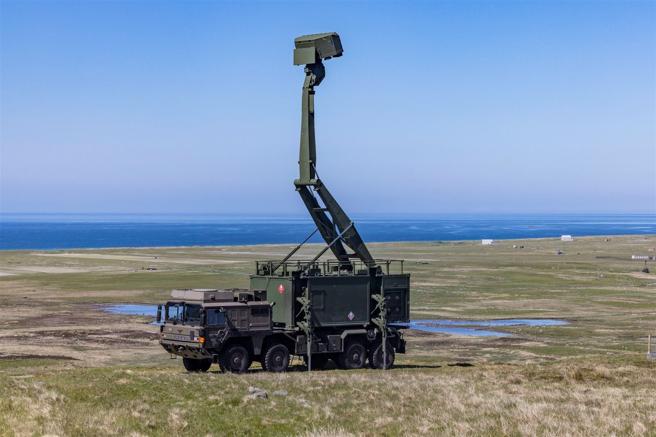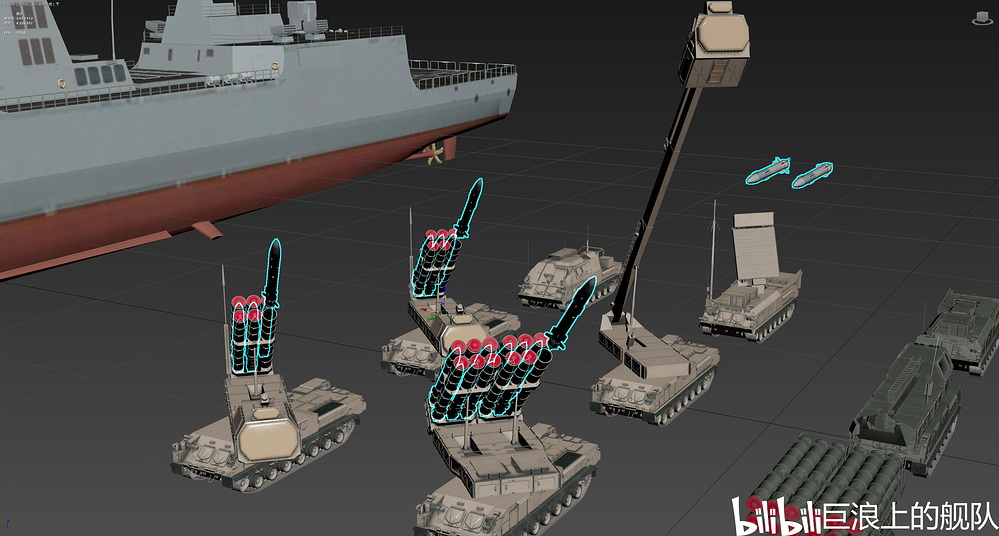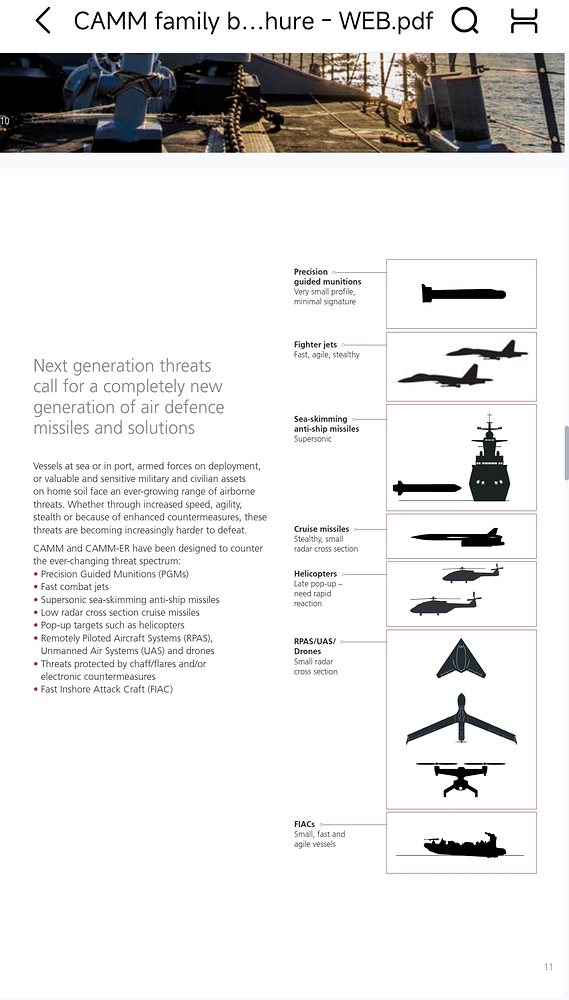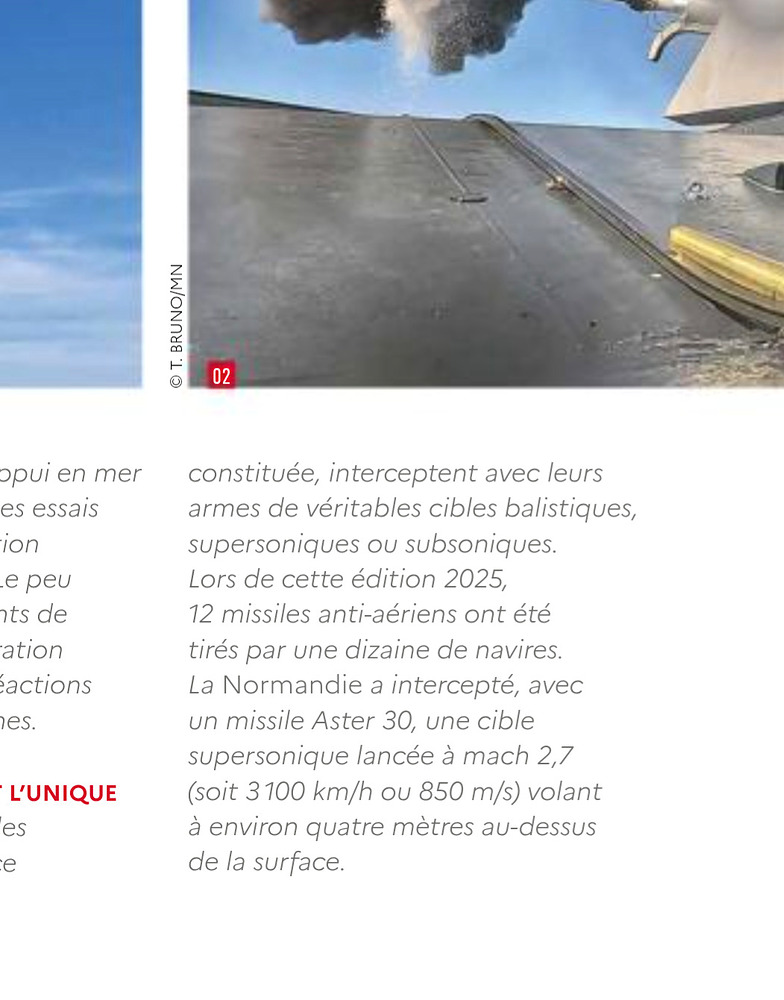The reasons are as follows:
In the next version, all new air defense systems will be modern active radar homing air defense systems (using only specialized surface-to-air missiles, rather than directly adapting active radar homing air-to-air missiles as in this version, though they will still be equipped with infrared missiles for low-altitude blind spots and helicopter engagements).
Known content: In the next version, the Buk-M3, Sky Sword air defense, and SAMP/T systems will all exclusively use specialized surface-to-air missiles with active radar homing.

So what issues would arise under the current mechanics?
You’ll be left helpless against targets below 60m and hovering helicopters—they will become completely invincible to you.
Is this reasonable? Absolutely not.
You must understand that as a next-generation air defense system, the Buk-M3 is inherently designed to engage low-altitude threats like terrain-hugging cruise missiles (e.g., Tomahawks).
As for CAMM and Aster 15—being modern land/naval-based short-range air defense missiles—their design objectives undoubtedly include intercepting sea-skimming anti-ship missiles.
So how much should the ground clutter interference threshold be adjusted? Here we can first examine the typical flight altitudes of cruise missiles and anti-ship missiles:
Cruise missiles (e.g., Tomahawk):
Terrain-hugging mode: 20-100 meters over land
Sea-skimming mode: 5-20 meters over water
Anti-ship missiles:
Most modern models fly at 3-10 meters during terminal phase
Some (like BrahMos) can dip to 3-5 meters
Suggested adjustment:
The ground clutter filtering should be optimized for reliable detection down to 5-10 meters for naval systems, and 15-20 meters for land-based systems to maintain terrain-following capability while minimizing false positives.
However, we must account for War Thunder’s long-standing “historical baggage” – trees that might as well be a primordial forest in terms of their exaggerated height…
Therefore, I suggest adjusting the ground clutter interference threshold for these modern active-homing SAMs to 25m–30m in-game.
(This achieves a balance between preventing planess from being neutered by exaggerated terrain/vegetation while maintaining basic realism against ultra-low-altitude threats – after all, real-world active radar seekers with modern filtering algorithms should have superior clutter rejection capabilities.)
And let’s not even get started on helicopters—the massive Doppler signals generated by their rotor blades have never been accurately modeled in-game
Note: IRL millimeter-wave radar/pulse-Doppler systems can easily identify helicopters via rotor RPM signatures, but this critical physics-based mechanic has been consistently ignored in-game, granting hovering helicopters unrealistic “electronic stealth”.)
Moreover, War Thunder has another glaring issue:
All active radar homing missiles in the game share identical seeker parameters—from the AIM-54A Phoenix to the C-5 model, they all function with nearly identical performance.
Note: IRL active missiles of different generations/models vary significantly in ECM resistance, off-boresight capability, multi-target processing, and datalink support—yet the game oversimplifies these complex systems, resulting in severely distorted missile performance.)
To summarize my proposal:
1.Add new Doppler signal code for helicopters to accurately simulate rotor blade signatures.
2.Adjust ground clutter interference height for dedicated SAMs to 25-30m in the next update.
3.Completely rework active radar seeker data for all missiles, introducing performance differentiation—for example:
Nerf the AIM-54 Phoenix’s seeker (historically prone to losing lock)
Buff the C-5’s seeker (modernized with better tracking and ECCM)



